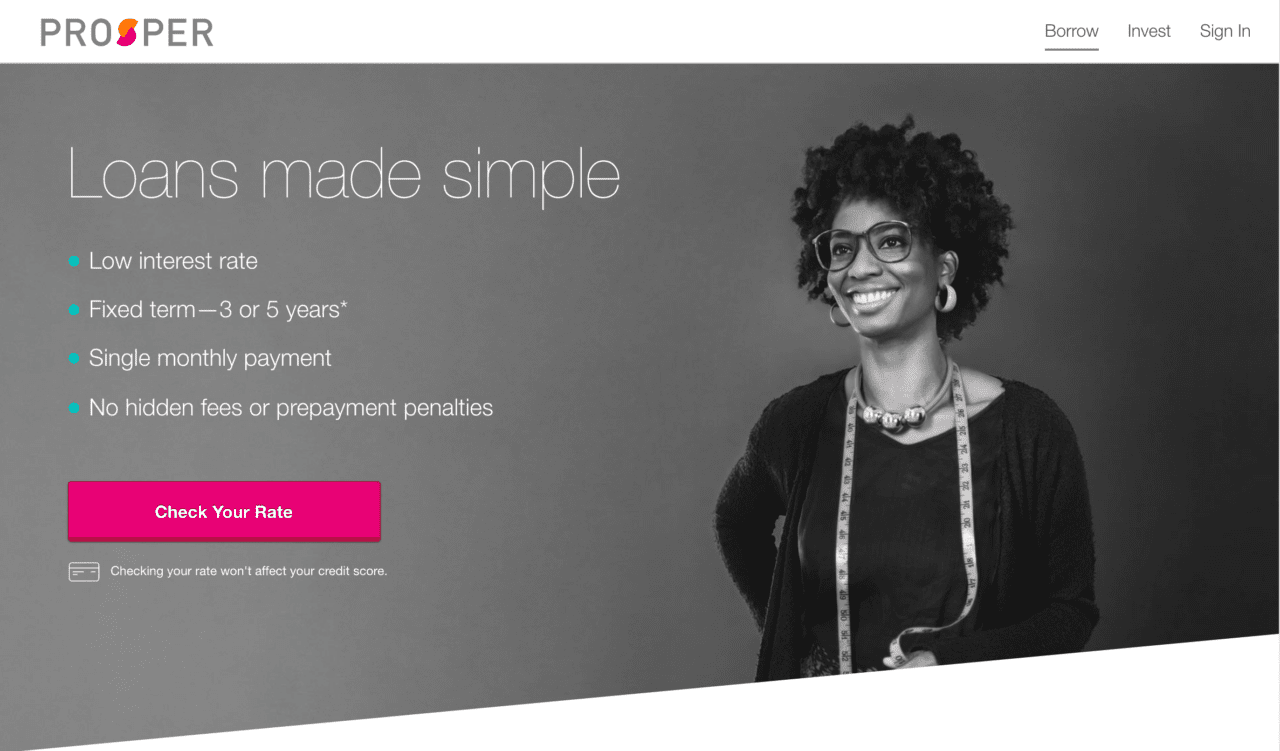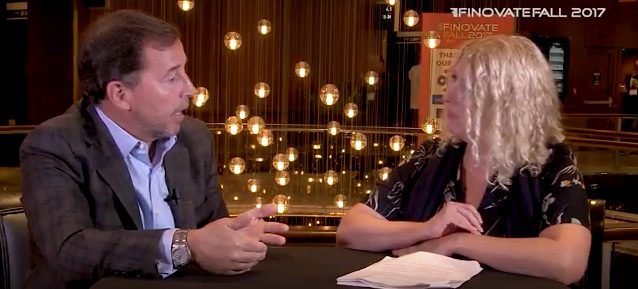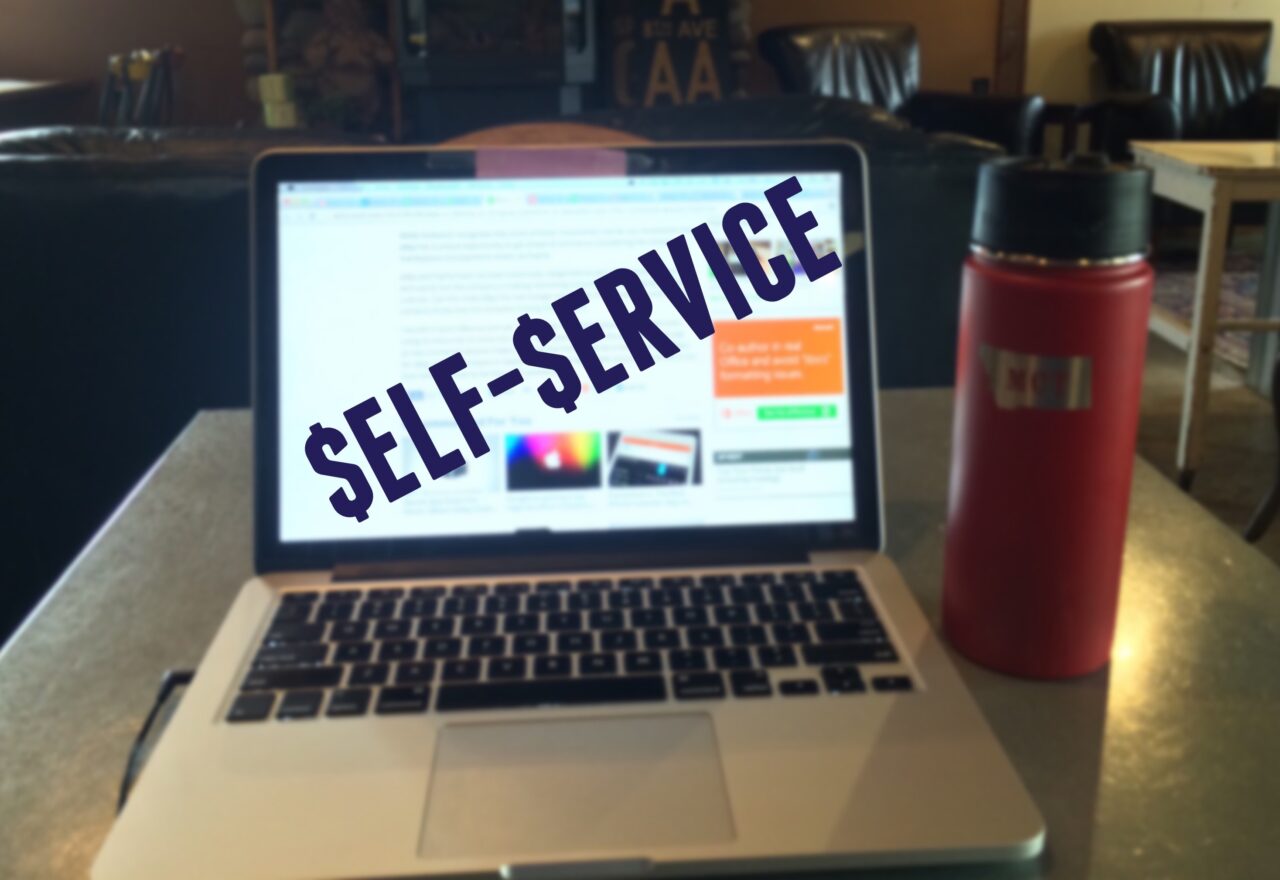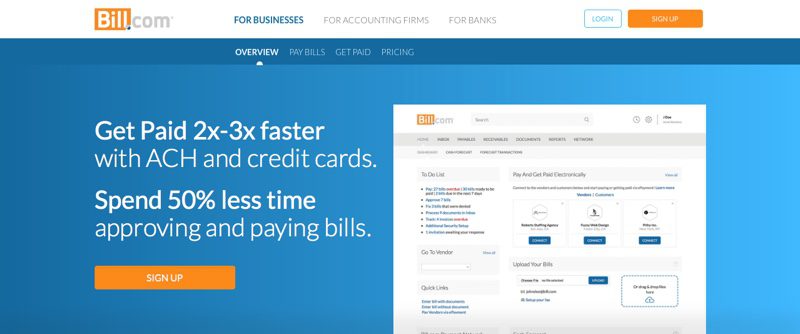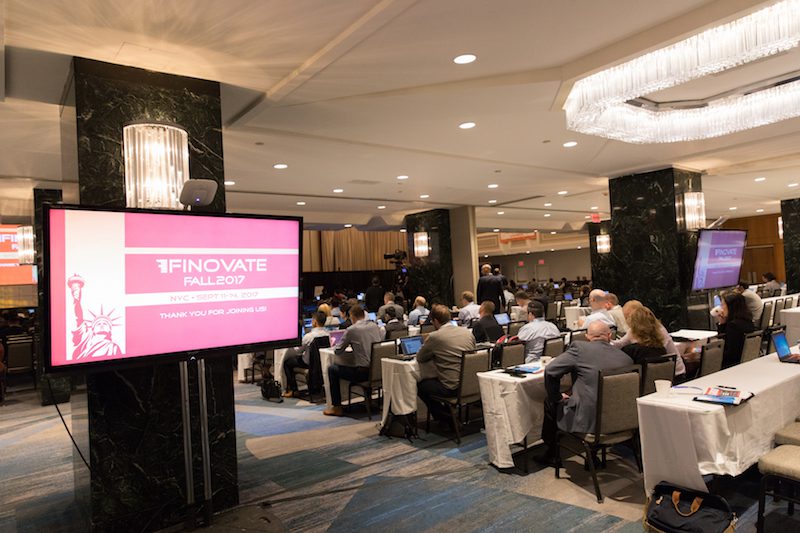
Adding a pair of Discussion Days to Finovate’s traditional Demo Days format, has made it that much easier for Finovate attendees to answer the question perennial post-conference question: “So. What did you think?” Two days of keynote speeches, panels, and presentations – to say nothing of another two days of networking – gave Finovate attendees time to digest, discuss, and debate many of the ideas, technologies, and solutions that dominated the conference.
Indeed, with more than 500 minutes of live demos on Days One and Two, and twin-track, double-barrel breakout sessions and panels on Days Three and Four – it seems like the only more valuable commodity than cool fintech last week was the time to take it all in.
So with that in mind, here are a trio of Big Themes that go a long way toward defining both the content of and conversation around FinovateFall 2017.
Best of Show 2.0
Bringing our Best of Show winners on stage to kickoff the Discussion Days was a great opportunity to once-again highlight the achievements of some of our most innovative companies – as chosen by Finovate attendees. In addition to giving those who missed parts of our Demo Days the opportunity to meet our Best of Show winning companies, our panel also gave the companies the chance to reintroduce themselves and their technologies, as well as talk about their overall Finovate experience.

The Best of Show panel also helped shine a spotlight on which subsectors within fintech are really experiencing significant innovation. Think PFM is dead? Meet Envestnet | Yodlee, a multiple Best of Show winner with a new, less sophisticated take on promoting and supporting financial health and wellness. Have a hard time telling one chatbot from another? Not those who voted for Finn.ai, another multiple Best of Show winner, whose virtual banking assistant continues to impress.
From new payment technologies (Jiffee) and security solutions (SpyCloud) to customer insight technologies (Sensibill), more social approaches to investing (Voleo), and an easier way to contribute to your favorite causes (Sustainably), the Best of Show panel was a well-placed bridge to the broader discussions and deep dives on Days Three and Four.
Power to the Panel!
When it comes to getting down to fintech’s brass tacks, give me a stage filled with some of our industry’s most loquacious luminaries. Whether the topic is banking for the underbanked or blockchain technology, there’s nothing like a panel of fintech potentates to remind us of what matters to consumers, merchants, and financial institutions alike.
And what did we learn? From panelist and keynote speaker alike, it is clear that the rise of AI will be the most dominant feature of our technological future – and this will be as true for fintech as for any other subset such as biotech or insurtech. Dave Birch, Director of Innovation for Consult Hyperion, announced during his keynote speech, “Your AI will be selling financial services to my AI,” while members of our AI showcase discussed the numerous ways AI is already helping us meet challenges ranging from customer engagement to workflow automation to fraud management.
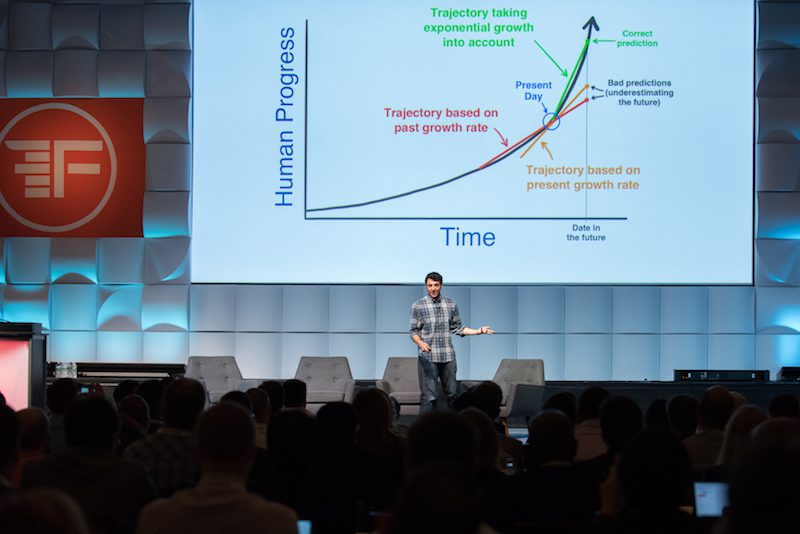
And of course big props to Day Four keynoter Tim Urban of @WaitButWhy fame whose “The AI Revolution and the Road to Superintelligence” provided a thoughtful, rousing, occasionally frightful but always entertaining exegesis on AI.
In addition to artificial intelligence, there was plenty of old school human brain power at work, as well. Consider Bradley Leimer’s interview with Jon Stein of Betterment, the informative exchange between John Waupsh and Jim Bruene on community banking, and Ghela Boskovich discussing women and investing during the Wealth Management & Investing Summit track for just a few samples of the high-calibre conversation during our Discussion Days.
Where All the Fintech Women At?
There is no doubt that fintech – like the rest of technology – is becoming a more diverse place for entrepreneurs and technologists of all backgrounds. Sometimes the networking sessions at a Finovate conference can resemble a gaggle at the United Nations as the mix of Baby Boomers, GenXers, and Millennials from across the world come together to talk fintech.
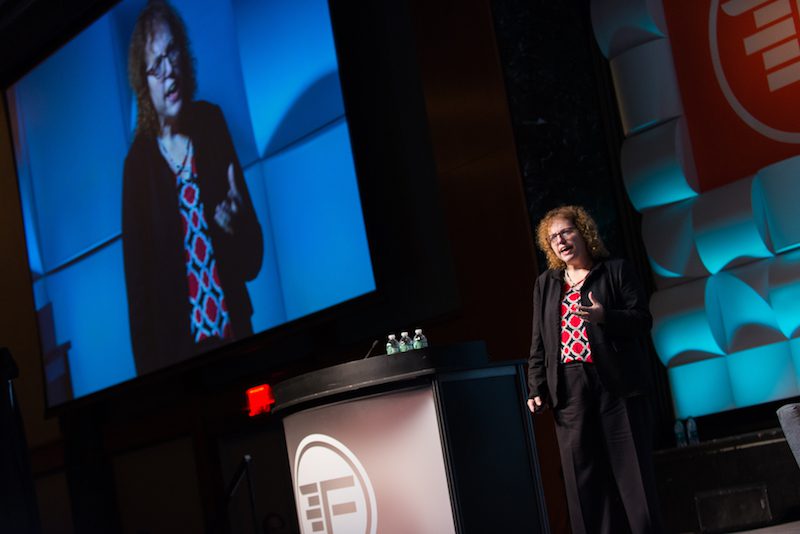
Gender diversity is another area where fintech in general and Finovate in specific have made strides. In what might be the largest number of women leading or participating on the Finovate stage, our Demo Days featured Olivia Lovenmark (Voleo), Ana Silva and Sara Martins (ITSector), Janice Diner (Horizn), Meggie Ladlow (United Income), Nikhita Iyar (Moxtra), Inbal Tirosh (Endor), Izabella Gawron (ING Bank Slaski), Sarah Clark (Mitek), Elisabeth Asirifi (cyberProductivity), Ellison Anne Williams (ENVEIL), Lauren Matheson (PromonTech), Diana Winstanley (ebankIT), Harini Padmanabhan (Envestnet | Yodlee), Lisa Shields (FI SPAN), and Donna Tilden (RateSeer).
But our work is far from done. As more than one attendee noted, our panel on fintech incubators on Day Four featured 14 startups showcased by seven accelerators – but nary a woman on stage. “Let’s fix this!” one attendee tweeted – and we agree. For those of us who play any role in helping encourage and enable the next generation of fintech entrepreneurs, ensuring the representation of #womenintech needs to be job one.
We hope you enjoyed our expanded FinovateFall 2017. For more coverage of the conference, check out our Best of Show review, our Twitter coverage, and our upcoming Finovate in the Press feature!
